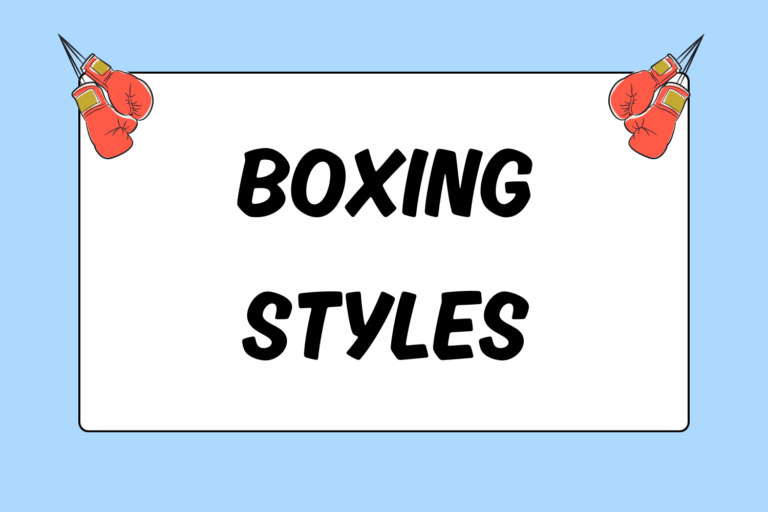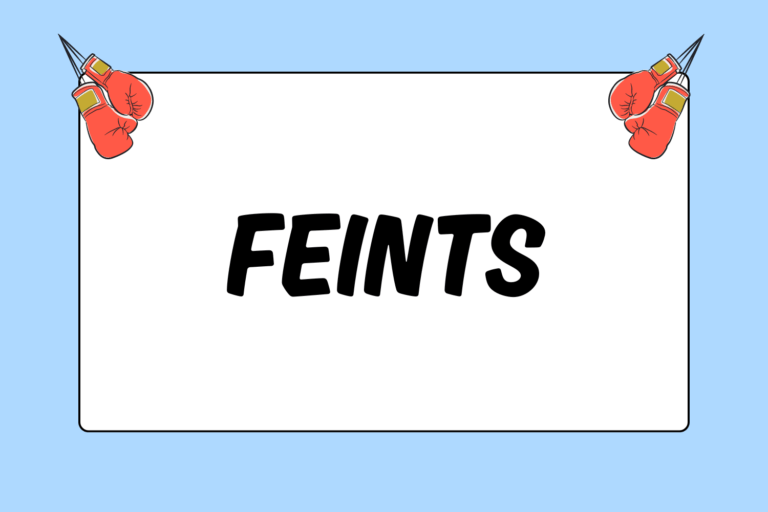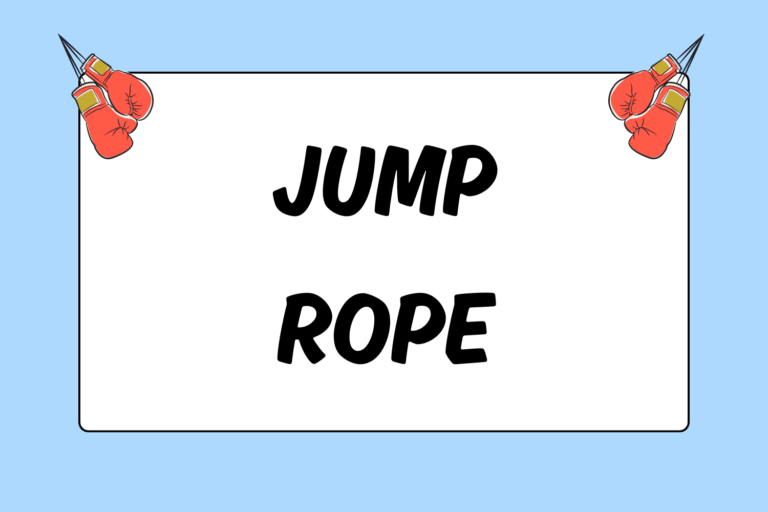Although uppercuts can be thrown at any range, they are most effective when you’re close to the other boxer. At a close range, uppercuts are succinct, powerful, and difficult for defenders to see. Your likelihood of success improves greatly when you’re able to throw uppercuts, defend against uppercuts, and counterpunch after you defend. This guide explains how to counter uppercuts as an orthodox boxer.
Counterpunching Rationale
You expose some part of your upper body or head every time you throw a punch. For example, the entire left side of your body is exposed when you throw a jab, even if just momentarily. Likewise, a straight right exposes the right side of your body. Always try to minimize the time you’re exposed each time you punch, and, in return, exploit your opponent’s openings each time he punches.
Countering involves defending an incoming punch and quickly responding to exploit your opponent’s momentary vulnerabilities. The remainder of this guide focuses on defending uppercuts as an orthodox boxer. It also reviews basic countering techniques that you can implement immediately after defending.
Right Uppercut
The right uppercut is almost always thrown on the inside since it comes from across the body and can be seen quite easily from long range. This punch can be quite devastating, though, when placed accurately. It’s difficult to see as a defender, and it arrives with considerable force when thrown tightly.
Catching with the Left
The safest way to block the right uppercut is to catch it with your left glove. In order to catch it, simply open your glove downward so that your palm faces the ground. This defensive technique is extremely safe, because your vulnerabilities are limited when you catch in this manner. Your right hand is still held high, preventing shots from landing on the right side of your body and head.
Blocking with your left hand keeps you safe, but limits your options for counterpunching. The straight right is the easiest and most natural counterpunch to throw after blocking with your left hand. The straight right can be followed up with a left hook or left uppercut.
Hot Tip: Elbows Tight
Keep your elbow tight to your body when blocking (catching) an uppercut. Do not reach for the incoming punch or allow your elbow to flail outward — doing so leaves you extremely vulnerable.
Catching with the Right
Blocking the uppercut with your right hand is great for counterpunching, but it leaves you much more vulnerable. Catch the punch in the same manner mentioned above, but with the right hand instead of the left. Keep everything tight as you turn your glove downward.
This technique leaves you open, particularly for your opponent’s left hook. Follow the steps below in order to protect yourself from your opponent’s right uppercut, left hook combination:
- Catch the right uppercut with your right glove.
- Quickly bring your right glove back to your head.
- Rotate inward slightly (to your left) to diminish the impact of the hook.
These movements must be fast and fluid in order for you to successfully defend yourself. After implementing the strategy above, counterpunch with a left hook. Your left hook is perfectly set up as you rotate inward for step three. Follow your left hook with a straight right or right uppercut.
Rotating also allows you to throw a left uppercut if you prefer this punch to a left hook. You can throw a fast left uppercut, right uppercut, and left hook combination when you’re close to your opponent.
Left Uppercut
The left uppercut is a versatile punch — it can be thrown on the inside or the outside. From the outside, however, it develops much like an inverted jab. The long-range left uppercut doesn’t have much power, so it’s often used to set up the opponent for other punches. Close-range left uppercuts, on the other hand, generate more power and can stun or knockout an opponent.
Taking it on the Left Glove
Using your right glove is an easy way to block the left uppercut, but it can also be caught with the left glove. Follow these steps in order to block the left uppercut with your left glove:
- Tuck your chin to your front shoulder.
- Keep your left elbow tight to your body.
- Rotate slightly to the right.
- Open your glove toward the ground, allowing the punch to land on your palm.
These movements happen almost simultaneously and should be as tight as possible. The left uppercut covers less space than the right uppercut, so you’ll need to be quick when defending against it. After blocking the blow, your straight right is the easiest counter. By rotating slightly, you can uncoil quickly in an explosive motion. Follow the straight right with a left uppercut or left hook.
Taking it on the Right Glove
The left uppercut can be blocked much like the left jab is parried. Instead of parrying by tapping inward, though, simply catch the punch with the palm of your glove. You can rotate to your left as you catch the punch, which sets you up for an easier power counterpunch (such as a left uppercut or left hook). Another option is to counter with a left jab. The initial rotation should be minimal, though, if you take this route.
Hot Tip: What’s Next
The left uppercut is most often followed by a left hook or a straight right. Quickly counterpunch the left uppercut to offset the next punch in your opponent’s combination. Otherwise, prepare to defend against a left hook or straight right.
Inside Fighting
Since uppercuts are normally thrown on the inside, keep in mind the following tips regarding inside fighting:
- Make yourself as small as possible while on the inside.
- Bend your legs, and keep your arms and hands close to your body and head.
- Keep your chin tucked and eyes forward to prevent knockout punches from landing.
- Rotate your hips to generate power, and always keep your head moving.
Focusing on these pieces of advice should help you develop your inside-fighting techniques.





